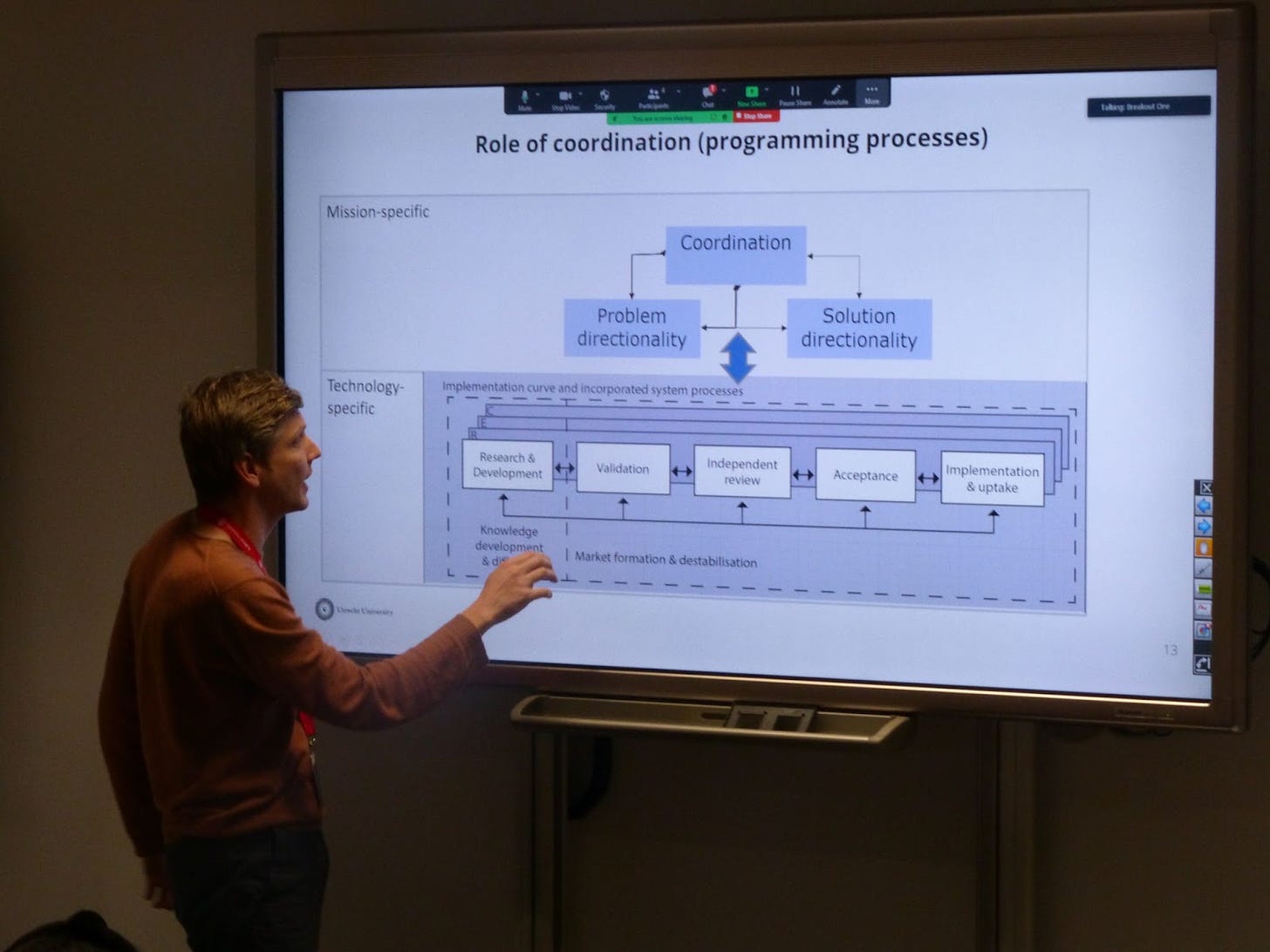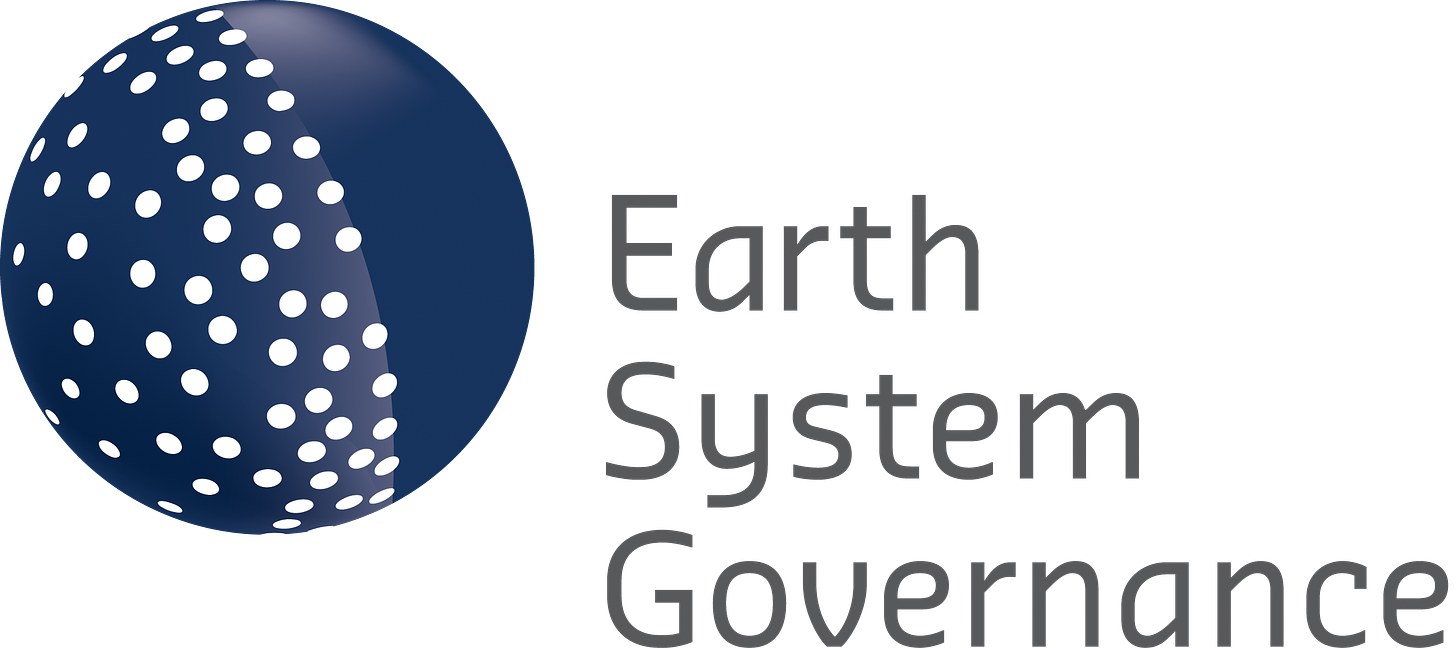Accelerating Animal Free Innovation (Earth System Governance Student Blog)
A reflection on governing the acceleration of the transition towards animal-free innovation
Author Bio: Teun Kemmerling is a student of the master Global Environment & Sustainability at the Radboud University. With a background in gender and diversity studies, and his work with refugees, his focus and interests lie in the realm of environmental justice, critical studies, food systems, and transformative change.
More than half of Americans and Europeans are opposed to animal testing, and if we specify it to the cosmetics industry, this number goes up by 20%. Why is it still such a predominant practice? The researchers in this panel on animal-free innovation of the 2023 Radboud Conference on Earth System Governance set the scene, and see possibility for transformative change. Merel Ritskes-Hoitinga, as chair of the session, gave a brief opening statement explaining how there are simply still too many legislative standards in place that require animal testing. Culturally and financially speaking, animal testing is still seen as the 'golden standard', making it difficult to replace, and the legislation still reflects that conservative view, even though some new methods have given us novel and accurate tools.
Addressing the elephant in the room
Jarno Hoekman talks us through the innovation system approach, and highlights the faults in the current system. He recognizes the reality of the process: it is not an automated 'technological fix' which can simply be installed, but we should take into consideration that behind the technology, there are socio-institutional processes of creating legitimacy, allocating resources, human capital, financial capital and coordination. Jarno Hoekman and his team demonstrate the need for an approach which recognizes both the technological, as well as the socioeconomic aspects of animal and alternative testing. In the future, they hope to apply this framework to New Approach Methods specific technologies to assist in accelerating the transition towards animal-free innovation.

A.I.nalysis
Wynand Alkema highlights the importance of AI in the transition by looking at the 3Rs: replacement, reduction and refinement of animal research. His team has developed a 'barcode' which can be used to filter out literature and papers that do no meet the 3R criteria. This new method consists of an algorithm which is based on textual input, and has been trained to recognize key concepts and words of importance in the 3Rs, so that textual analysis can assist in improved filtering of literature. As critically mentioned by the crowd, there are already possibilities within PubMed and other literature databases to do so, yet given the information overload and often only implicit mentioning of 3Rs methods, this new algorithm shows a highly refined accuracy thanks to AI and the initial human validators. Besides individual use, this barcode can be used to track trends in research, but also broader societal implications, given that this barcode allows all textual input, making it possible to critically reflect on policy, societal trends and the public opinion on animal testing. This might help us in understanding societal debate, and thus as to how to approach the public as well.
To let the cat out of the bag
Thomas Hartung is seen as one of the scientific leaders in the world of non-animal testing, and took us on a journey not only investigating the ethical aspects, also simply recognizing the bad science behind animal testing, given lack of reproducibility and predictivity, as well as the unattractive economics of it, given the low success rate of animal tests. Thomas Hartung talks about ToxAIcology as a highly promising alternative; explaining that we can use the tremendous amount of data available for predictive toxicology, as an alternative to animal testing. Already in 2018, AI was able to out predict animal testing by 6% in chemical recognition. In 2022, AI was able to predict over 4700 food chemicals with an accuracy of 83% in less than one hour, while the same results in animal testing took over 38.000 animal studies and over 250 million dollars. With AnImal replacement, the second likable pun of Thomas Hartung, now also showing possible promising results in systemic toxicities and analyzing cancer risks of chemicals, AI has established itself as a more-than-worthy opponent of animal testing. He also discussed the opportunities of microphysiological systems, such as 'man-on-a-chips', bioprinting and brain slices. His conclusion is clear: the tools are effective and out there, yet there are still socioeconomic and legal roadblocks obstructing these tools.
Of course, I also ponder about possible motivations and the justifications of the industry: will the market find the intrinsic motivation to assist in such a transformation; how do we effectively address the aforementioned roadblocks; how do we assure that information in a new testing system becomes available for the general public, and what is the role of shifting power dynamics in all of that?
On the one hand, I am optimistic to see the technology and opportunities that are out there. However, the fact that even with these high effectivity rates we still see a pattern of non-implementation of these technologies, tones down my optimism slightly.
A little bird told me
Lastly, Love Hansell showed us the necessary transformative governance for these roadblocks. This change is not a 'want', but a need, in the name of safety, science, and all the animal lives. Despite animal testing being a multibillion-dollar industry, Love describes the toxic ignorance we still live in, given that of the tens of thousands of chemicals on the EU market, there are only a few dozen properly tested. Love Hansell, Ingrid Visseren-Hamakers and others working in this consortium have mapped the governance of the industry, and found the existing lack of knowledge to validate New Approach Methods, as well as the lack of awareness of New Approach Methods in education. Even if these New Approach Methods would become more popular, we still see a lack of harmonization and expensive processes on the regime level, as well as the still existing 'gold standard' perspective within society at large. Despite these challenges, they also recognize the opportunities, and see possibilities of changing public attitude, of approaching the industry through what they know best: economic opportunities, as well as through the current advancement of New Approach Methods technology. The old regime needs changing, and all these researchers have presented us with opportunities to do so. While I have been pessimistic about the reality of transformative change, they have given us all some perspective: change is possible, but it will not be easy.
About the Earth System Governance Project
The Earth System Governance Project is a global, interdisciplinary research network advancing knowledge at the interface between global environmental change and governance. The project aims to explore political solutions and novel, more effective governance systems to cope with global environmental change. You can connect with this network by becoming a research fellow, joining a taskforce or working group, or publishing with one of our publication outlets.




